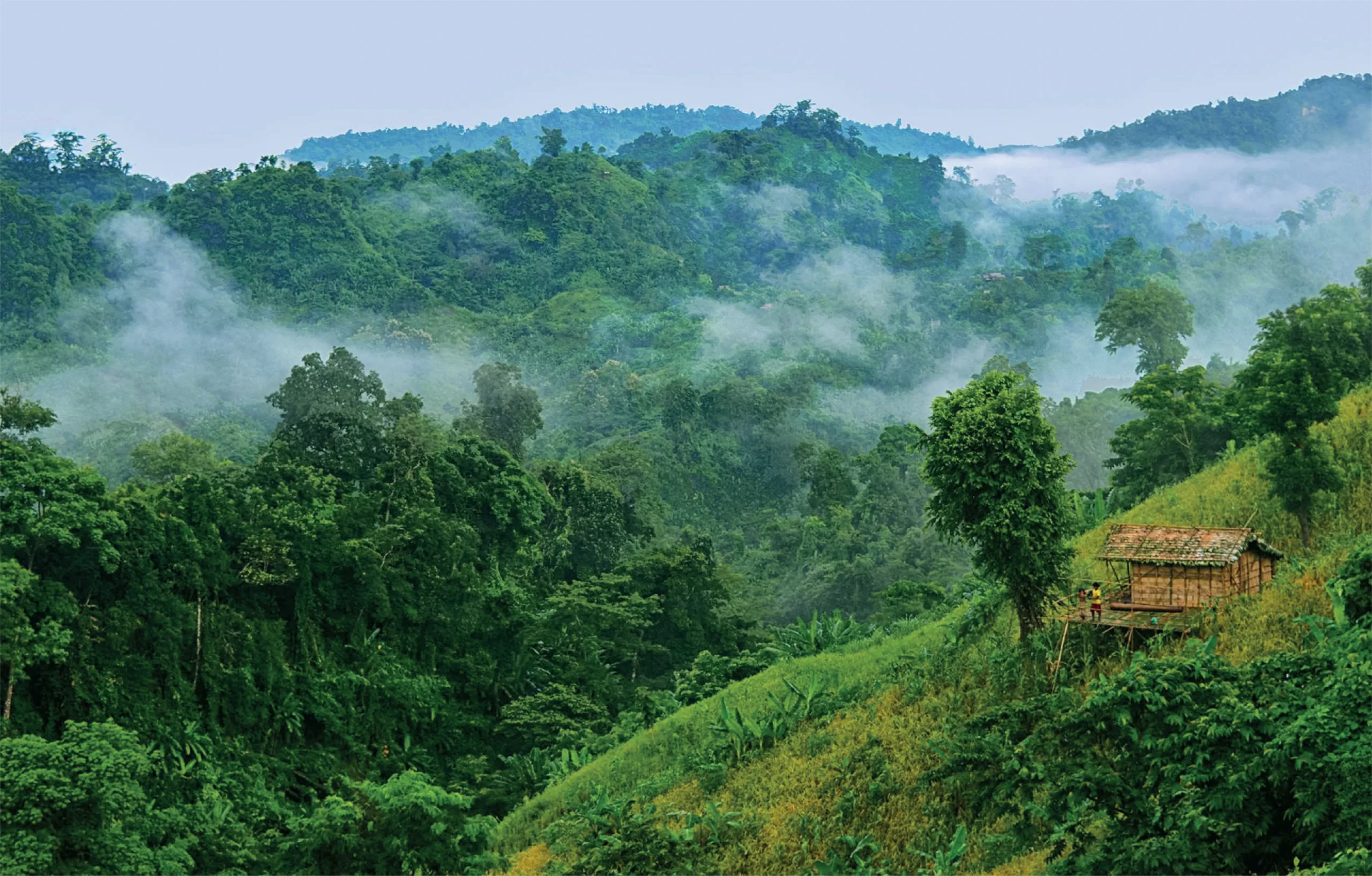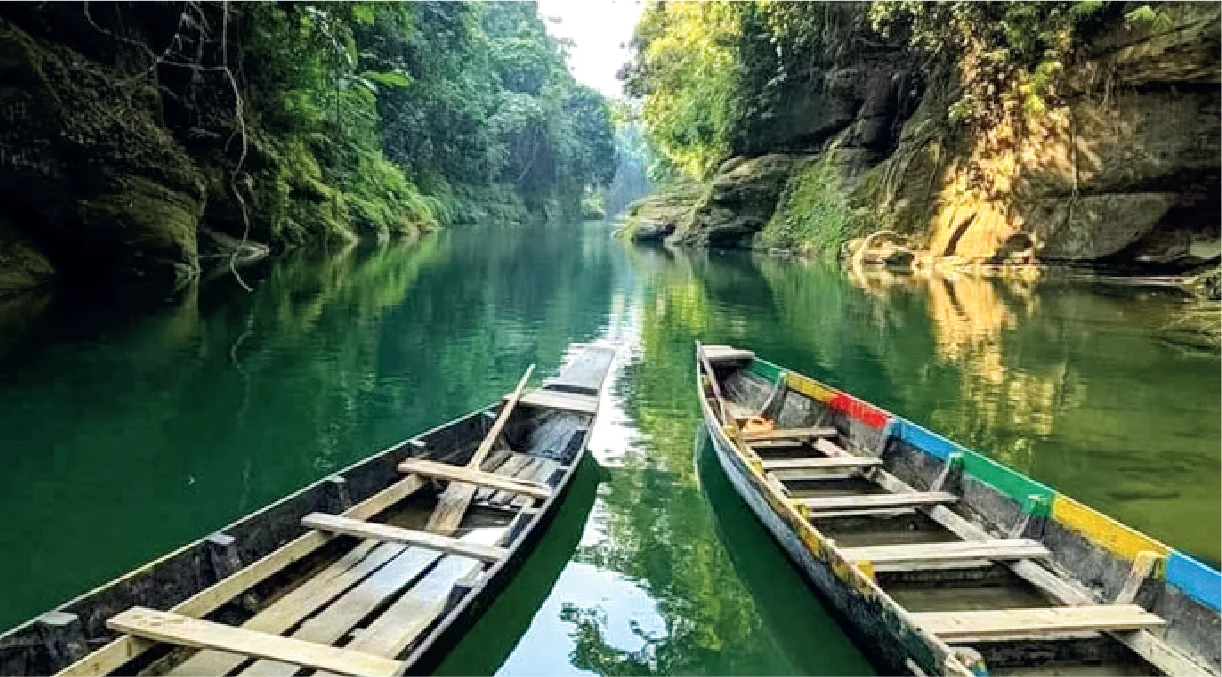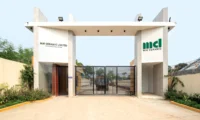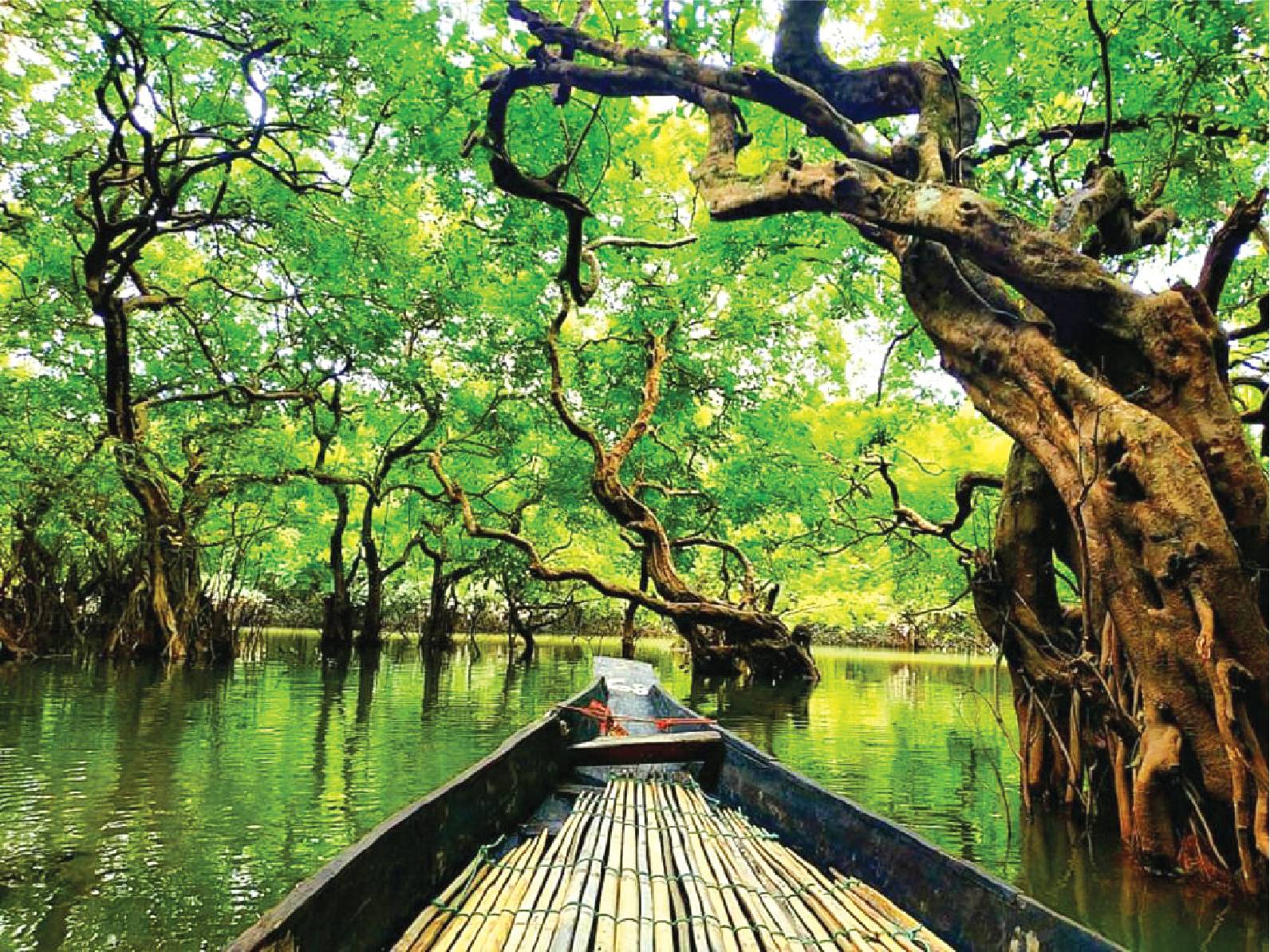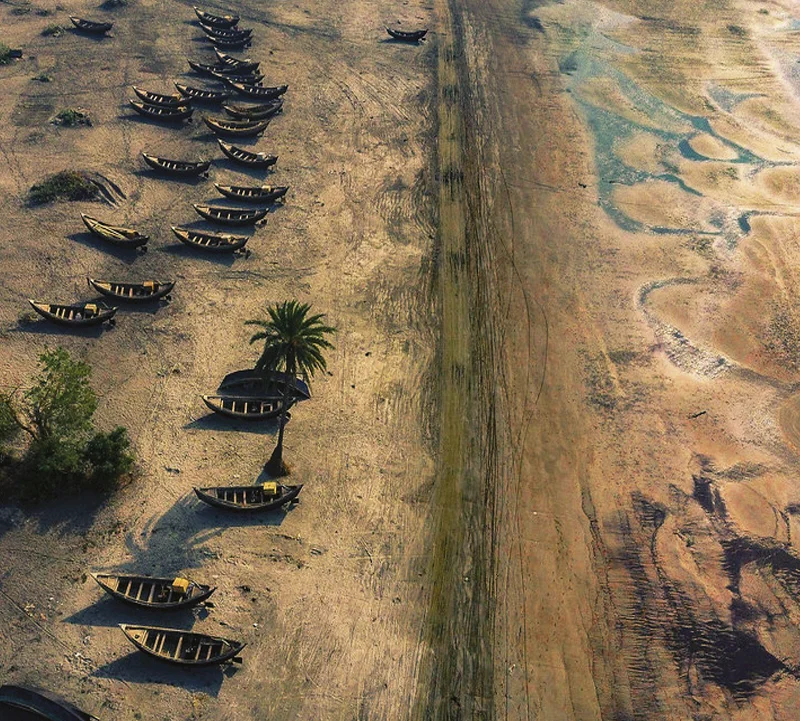
Bandarban is more like a complete, separate entity and a world of its own, lying gracefully and peacefully on the south-eastern part of Bangladesh. When the lethargy hits you amid the daily blues, this place can work as a whimsical healer and boost our weary souls.

It’s a remote and sparsely populated district located in the Chattogram division. It is one of three hill districts in the country, with Rangamati and Khagrachhari being the other two. Hill Tracts are inhabited by various ethnic minority groups with their own culture and customs. Ethnic women are especially skilled in making handicrafts while men still go for hunting and make household equipments such as hallong, bamboo basket for carrying crops. The district is governed by a Hill Council under the Bangladesh government. The council is headed by the King of Mong Circle. Currently, the 15th monarch, His Highness King Aung Shue Prue Chowdhury, is the ruler. The Royal Palace’s front hall (Raj Durbar) is open to visitors, as long as they maintain appropriate behaviour. The place can offer a diversity of vicinities to explore; hence, it’s always worth planning a round-up tour to Bandarban.
Sneak peak of history
The name “Bandarban” has an interesting origin. Originally called “Magci” by the local Marma community, meaning “monkey dam” in reference to the sight of monkeys crossing canals in the area, it evolved into “Bandarbon” and then “Bandarban” over time due to phonetic changes. Bandarban Hill district was once called Bohmong Htaung since the Arakanese rule. In the past there was a conflict regarding this region between the Tripura and the Arakan empire. It was taken over many times by these two empires. Due to the anthropological history of migration in this region over the past 4–5 centuries, there has been a gradual migration of various ethnic groups from different neighbouring regions.
The 11 ethnic groups, including Marma, Chakma, Murang, Tripura, Lusai, Khumi, Bom, Kheyang, Chak, Pankho, and Tongchangya, live only in Bandarban district. The majority of these people living in Bandarban Sadar Upazila are Marmas. They originally came from Burma and settled in the area called Mraima. It is a holy site for Theravada Buddhism as Practiced by Tribal Communities (Marma or Mogh). Here you will find Buddha Dhatu Jadi, the largest Theravada Buddhist Temple of Bangladesh and the second biggest Buddha statue in the country. This Buddhist temple is called ‘kyang’ in the local language. Bandarban is a nature lover’s paradise, offering a range of resorts and hotels to choose from. There one can have a unique experience – treehouses built with various pieces of wood and boards. Guests can wake up to the sweet sound of chirping birds and bask in the beauty of the clouds up close through the windows of the houses.
Traditional Food
In hill tracts region, ingredient and cooking style are different from Bengali cooking and dishes. Mostly, they eat wild vegetables and use many kinds of herbs to change the flavour of the dishes. Many ethnic people produce rice wine at their home and especially offer on cultural and family occasions.
Must visit
Buddha Dhatu Jadi: It is also known as the Bandarban Golden Temple. The Golden Temple is definitely worth a visit – perhaps plan for an afternoon excursion. Dhatu, which are the physical remains of a holy person, include Buddha’s relics in this temple. Theravada Buddhism, the dominant ethnic group in Bandarban, is the branch of Buddhism that the Bandarban Golden Temple belongs to. It was constructed in 2000 using Arakanese architecture, a South East Asian-inspired design.
Debota-khum: The Debotakhum route is both stunning and chilly. While the pathway may attract your attention during the wet season, there is also a chance that you will slide on the rough, slippery path. The term ‘khum’ in Marma language means waterfall. The kingdom of all khums is the nickname for Bandarban. The monarch of all khums is Debotakhum. Locals estimate this khum to be between 50 and 70 feet deep and 600 feet long, making it both larger and wilder than Velakhum, the other neighbouring khum.
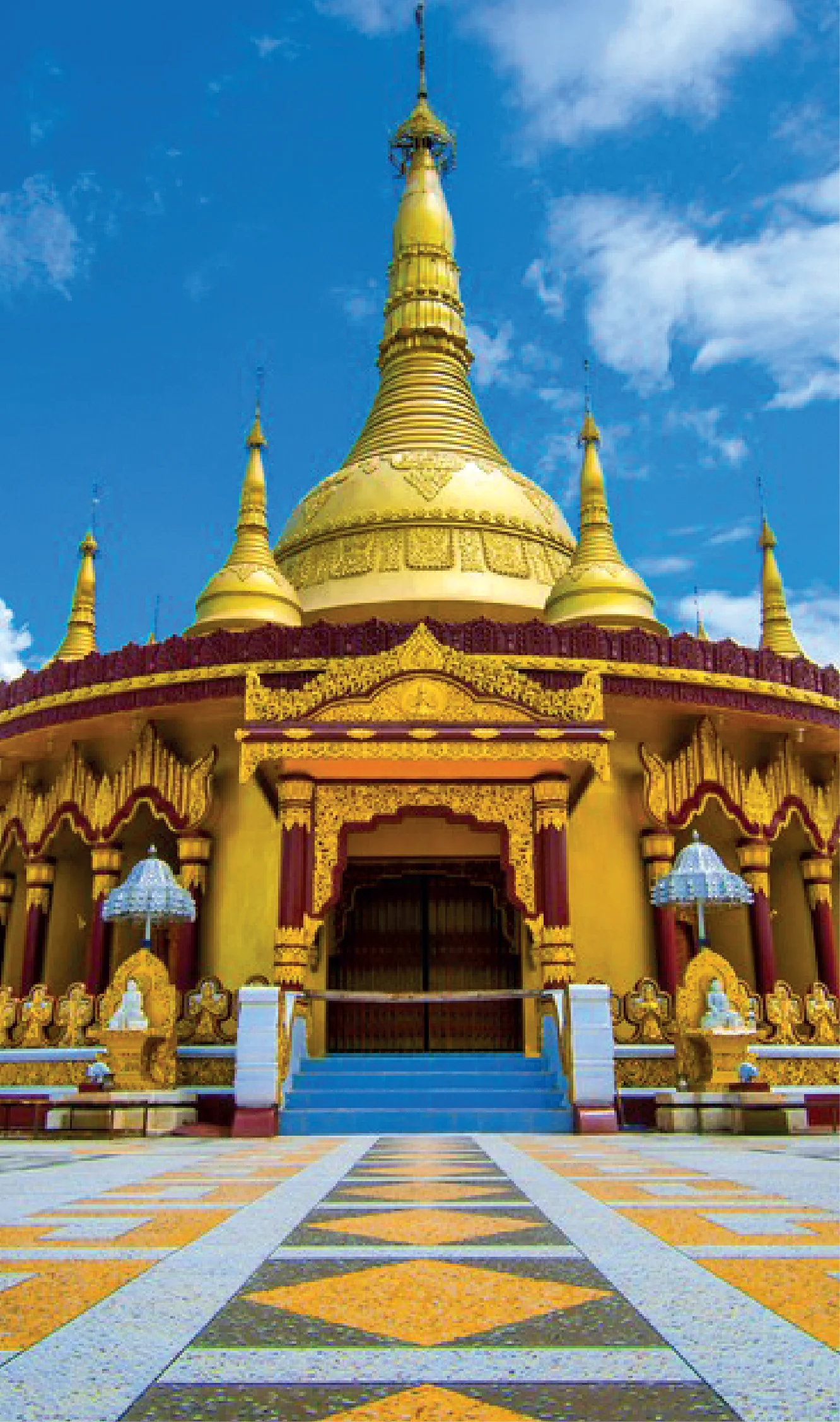
Nafa-khum: Discover the hidden paradise of Nafakhum Waterfall nestled in the untouched wilderness of Bandarban. The lush landscapes of Bandarban come together with the stunning cascade of Nafakhum, painting a picture of pure serenity that will call to your adventurous spirit. It is among the largest waterfalls in the country by volume of water falling.
Boga Lake: There are many mythological stories about the creation of the lake which inspire the tourists to explore this wonderful natural basin of blue waters trekking all the 18 kilometers way from Ruma. Boga lake is locally recognized as the Lake of mystery because the local myth states that the lake was created when the local villagers of the Khumi tribe, once upon a time, killed a god which again appeared in the form of a dragon. The dragon caused earthquakes which made the village disappeared and hills to break and crumble forming the Lake. It is a natural sweet and deep water lake. Its height from sea level is nearly 1,250 feet (380 m).
Nilachal: Capture a breathtaking view of Bandarban city’s vast landscape from an altitude of almost 2000 feet. With the location a mere 5 km away from Bandarban City, it’s the perfect spot for stunning horizon photography.
Nilgiri: One can experience the majestic beauty of the tallest peaks located just 46 km away from Bandarban city, shrouded in a blanket of clouds during the rainy season and an enchanting fog in the winter at Nilgiri. For a better experience, one can have an overnight stay and witness the sunrise and sunset from the breathtaking height of 3500 feet above sea level.
Keokradong: Most famous mountain located in Bandarban, this mountain is the most well-known peak in Bangladesh, and a popular destination for tourists. While some sources debate whether it is the highest peak in the country or not, one thing is certain – the mountain is home to a diverse array of flora and fauna. Dense virgin forests provide habitats for a wide variety of wildlife, including many species of birds and animals. In addition, the mountain is home to numerous ethnic communities, each with their own unique way of life, adding to the region’s cultural diversity. Some local people suggested few lesser-known places to visit here including Dim pahar, Rijkjuk waterfall, Jadipai waterfall, Romakri and Tumatongi.
How to get there:
There are several ways to reach Bandarban, but the most convenient option is to take a direct bus ride from the capital city of Dhaka. The journey takes roughly 6 hours. During peak tourist season, it’s recommended to purchase tickets in advance to ensure a hassle-free trip. There are some options for bus services that can take you from Chattogram to your destination in 2 hours. If you’re leaving from Cox’s Bazar, expect a 3-hour bus ride.



